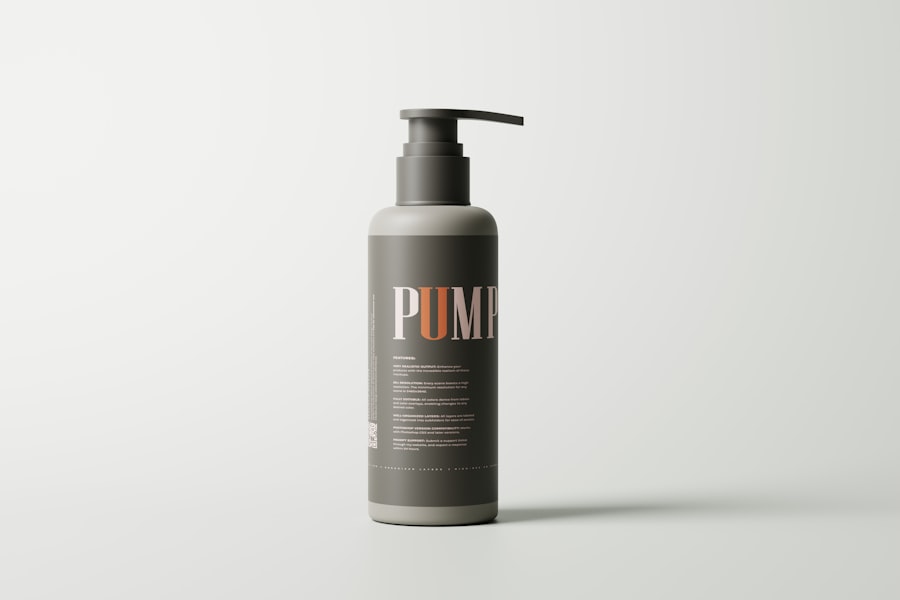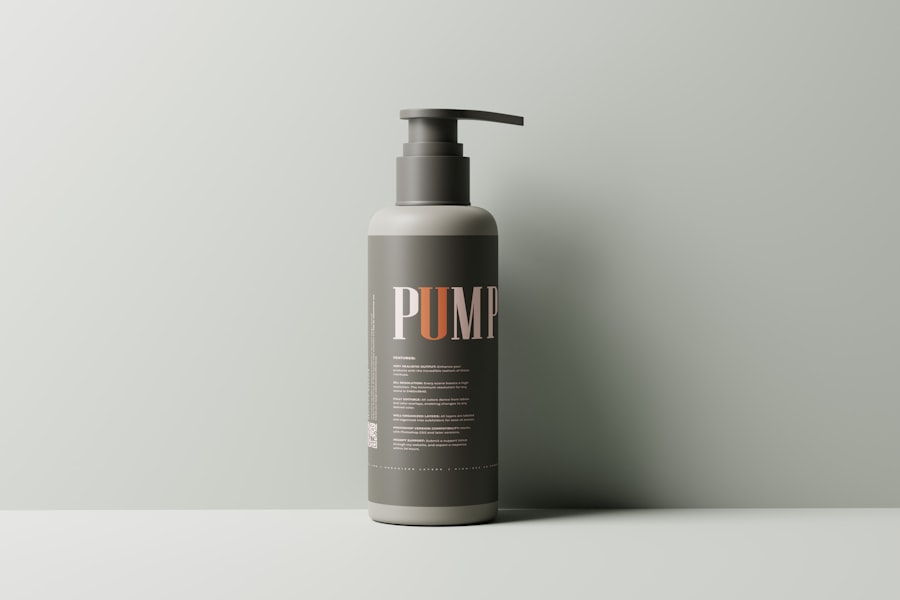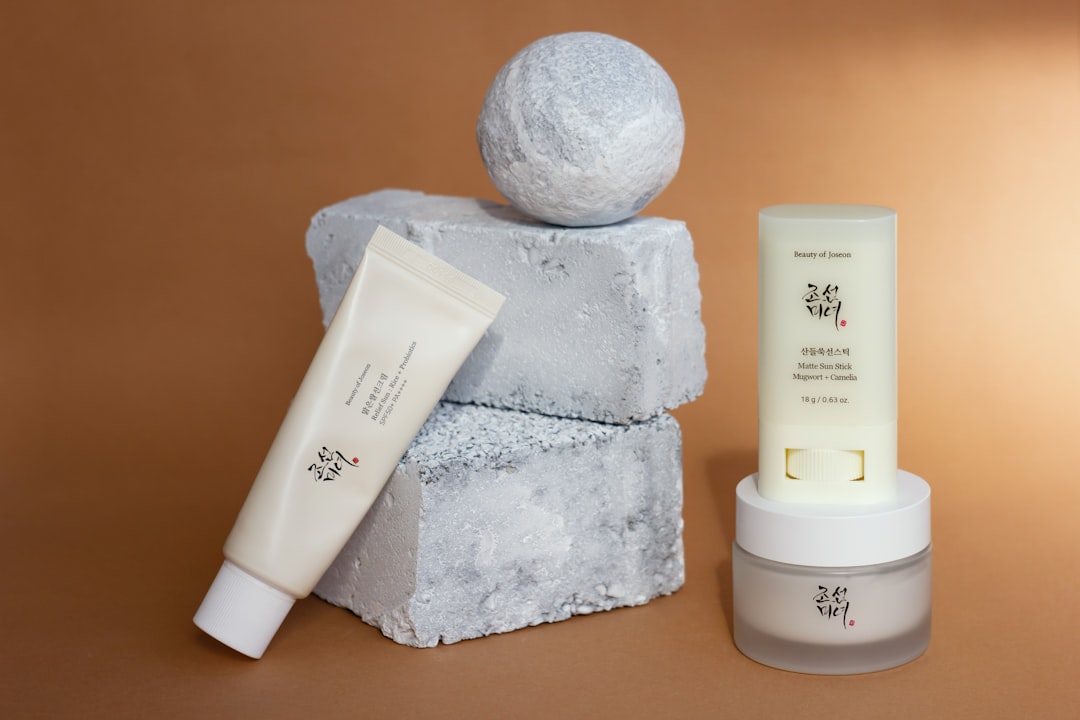After undergoing laser hair removal, it’s essential to understand the importance of aftercare. The procedure itself is designed to target hair follicles with precision, but the skin can be sensitive afterward. You may experience redness, swelling, or a slight tingling sensation in the treated areas.
These reactions are normal and typically subside within a few hours to a few days. However, how you care for your skin post-treatment can significantly influence your comfort and the overall effectiveness of the procedure. Proper aftercare is crucial for ensuring that your skin heals correctly and that you achieve the best possible results.
This includes protecting your skin from sun exposure, avoiding harsh products, and using soothing creams or gels. By following a well-structured aftercare routine, you can minimize discomfort and enhance the longevity of your hair removal results. Understanding these aspects will empower you to take charge of your post-treatment care, leading to smoother skin and a more satisfying experience.
Key Takeaways
- Proper aftercare is crucial for successful laser hair removal, as it helps soothe the skin and minimize side effects.
- Choose an aftercare cream that is specifically designed for post-laser hair removal, with ingredients like aloe vera and vitamin E to promote healing.
- When applying aftercare cream, be gentle and avoid rubbing the skin, instead patting it on to avoid irritation.
- Aftercare cream can help manage side effects like redness, swelling, and itching, providing relief and promoting faster healing.
- Using aftercare cream long-term can help maintain smooth, healthy skin and prevent ingrown hairs, making it a worthwhile investment in your skincare routine.
Choosing the Right Aftercare Cream
Selecting the right aftercare cream is a vital step in your post-laser hair removal journey. Not all creams are created equal; some may contain ingredients that can irritate your sensitive skin, while others are specifically formulated to soothe and protect. Look for creams that are fragrance-free and hypoallergenic, as these are less likely to cause adverse reactions.
Ingredients like aloe vera, chamomile, and calendula are known for their calming properties and can help reduce inflammation. Additionally, consider creams that contain moisturizing agents such as hyaluronic acid or glycerin. These ingredients not only hydrate the skin but also create a barrier that locks in moisture, promoting healing.
You might also want to consult with your laser technician or dermatologist for recommendations tailored to your skin type and specific needs. Choosing the right aftercare cream can make a significant difference in how your skin responds post-treatment, so take the time to research and select wisely.
Applying Aftercare Cream Properly

Once you have chosen an appropriate aftercare cream, the next step is to apply it correctly. Start by ensuring that your hands are clean before touching your face or any treated area. Gently cleanse the area with a mild soap and lukewarm water to remove any residual gel or debris from the laser treatment.
Pat the skin dry with a soft towel—avoid rubbing, as this can exacerbate irritation. When applying the cream, use a small amount and gently massage it into the skin using circular motions. This technique not only helps distribute the product evenly but also promotes blood circulation, which can aid in healing.
Be careful not to apply too much pressure, as your skin may still be sensitive. It’s advisable to follow the application instructions provided by your dermatologist or the product label to ensure optimal results. Consistency is key; applying the cream regularly as directed will help maintain hydration and soothe any discomfort.
Managing Side Effects with Aftercare Cream
| Side Effect | Frequency | Severity |
|---|---|---|
| Redness | High | Mild |
| Dryness | Medium | Moderate |
| Irritation | Low | Severe |
Even with proper care, you may still experience some side effects after laser hair removal. Common issues include redness, swelling, and mild itching. Fortunately, using an effective aftercare cream can help manage these symptoms effectively.
The soothing properties of well-chosen creams can alleviate discomfort and promote faster healing. If you notice increased redness or swelling beyond what is typical, it’s essential to consult with your healthcare provider. In addition to using aftercare cream, consider incorporating cool compresses into your routine.
Applying a cool cloth to the treated area can provide immediate relief from heat and irritation. This method works well in conjunction with your cream application, as it helps calm the skin while the cream works its magic. Remember that everyone’s skin reacts differently; what works for one person may not work for another.
Therefore, keep track of how your skin responds and adjust your aftercare routine accordingly.
Long-Term Benefits of Using Aftercare Cream
Investing time in proper aftercare can yield long-term benefits that extend well beyond the initial healing phase. Regular use of aftercare cream can help maintain skin hydration and elasticity, which is crucial for overall skin health. By keeping your skin moisturized, you reduce the risk of developing dryness or irritation in the future, making subsequent laser treatments more comfortable.
Moreover, consistent aftercare can enhance the effectiveness of laser hair removal over time. When your skin is well-cared for, it is more likely to respond positively to treatments, leading to better results in hair reduction. You may find that you require fewer sessions than initially anticipated if you maintain a diligent aftercare routine.
Ultimately, prioritizing aftercare not only improves your immediate comfort but also contributes to long-lasting results that you can enjoy for years to come.
Alternatives to Aftercare Cream

Lighter Alternatives
Soothing gels containing aloe vera or witch hazel can provide similar benefits without the heaviness of traditional creams. These alternatives often have a lighter texture and can be absorbed quickly by the skin.
Natural Oils
Another option is using natural oils such as coconut oil or jojoba oil, which are known for their moisturizing properties. These oils can help nourish the skin while providing a protective barrier against environmental irritants.
Important Considerations
However, it’s essential to ensure that any alternative product you choose is free from fragrances and harsh chemicals that could aggravate sensitive skin. Always perform a patch test before applying any new product extensively to avoid unwanted reactions.
Tips for Maximizing the Effectiveness of Aftercare Cream
To get the most out of your aftercare cream, consider implementing a few simple tips into your routine. First and foremost, apply the cream immediately after your treatment while your skin is still slightly damp; this helps lock in moisture more effectively. Additionally, make it a habit to reapply throughout the day as needed, especially if you notice any dryness or irritation.
Another effective strategy is to avoid hot showers or baths for at least 24 hours post-treatment. Heat can exacerbate redness and swelling, so sticking to lukewarm water during this period is advisable. Furthermore, wearing loose-fitting clothing over treated areas can prevent friction and irritation while allowing your skin to breathe.
By combining these practices with regular application of aftercare cream, you’ll be well on your way to achieving optimal results from your laser hair removal experience.
Frequently Asked Questions about Laser Hair Removal Aftercare Cream
You may have several questions regarding laser hair removal aftercare cream, especially if this is your first experience with the procedure. One common question is whether it’s necessary to use aftercare cream at all. While it’s not mandatory, using a quality aftercare product can significantly enhance comfort and promote healing.
Another frequently asked question pertains to how long one should continue using aftercare cream post-treatment. Generally, it’s recommended to use it for at least one week following each session; however, some individuals may benefit from continued use for longer periods depending on their skin’s sensitivity and response.
It’s best to wait at least 24 hours before applying makeup to allow your skin time to recover fully. Always consult with your technician or dermatologist for personalized advice based on your specific situation. In conclusion, understanding laser hair removal aftercare is crucial for achieving optimal results and maintaining healthy skin post-treatment.
By choosing the right aftercare cream and applying it properly while managing side effects effectively, you set yourself up for long-term success in your hair removal journey.
After undergoing laser hair removal treatment, it is crucial to properly care for your skin to ensure optimal results. Using a high-quality aftercare cream can help soothe any irritation and promote healing.




